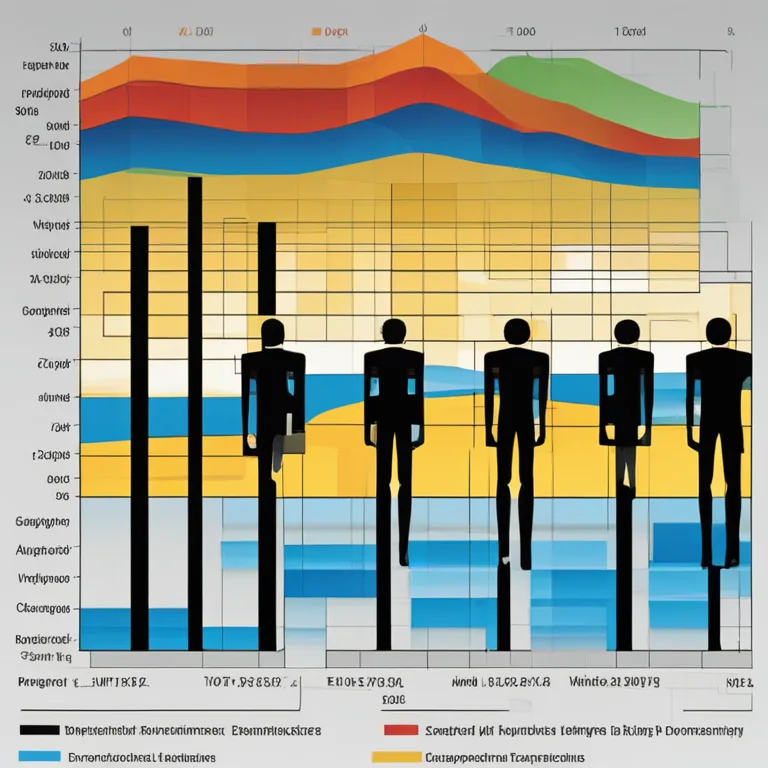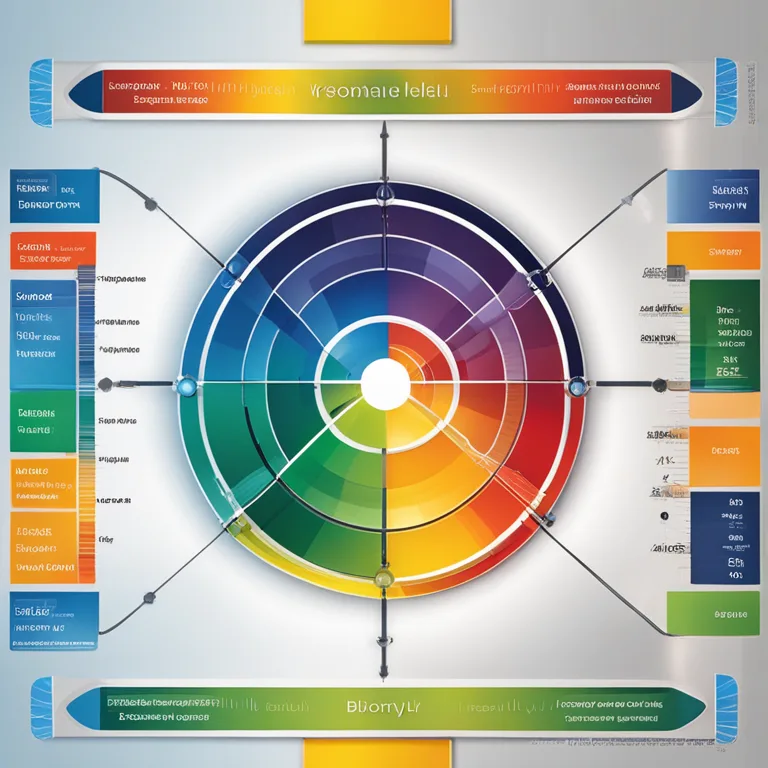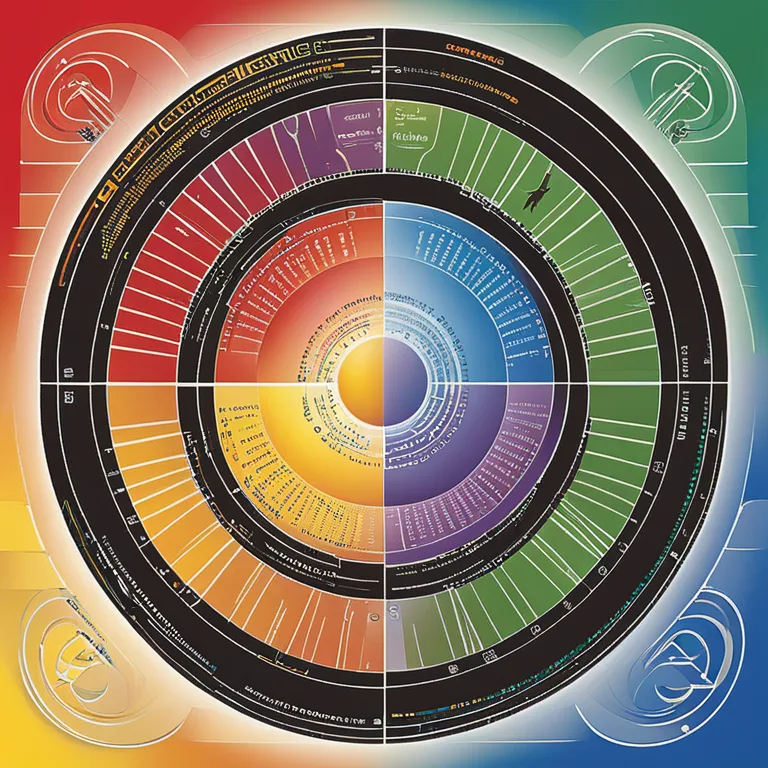
The Practical Uses of Biorhythm Theory
Discover the multifaceted applications of biorhythm theory in daily life, from personal well-being to performance planning.
article by Adrian Wallace
The Basics of Biorhythms
In the intricate web of holistic wellness, biorhythms represent a fascinating thread. Biorhythms are theoretical cycles that supposedly influence various aspects of human behavior and physical condition. Proposed by Wilhelm Fliess in the late 19th century, this concept suggests that our lives are governed by rhythmic biological cycles. The primary biorhythms—physical, emotional, and intellectual—are thought to start at birth and influence us throughout our lives. Each biorhythm has a specific cycle: the physical cycle is 23 days, the emotional is 28 days, and the intellectual cycle lasts 33 days. Together, these cycles ebb and flow, purportedly shaping our capabilities and moods.

Personal Well-Being and Health
Biorhythms are often utilized as a personalized health metric. By understanding one's biorhythmic patterns, individuals can potentially anticipate periods of strength or vulnerability. For instance, during a high point in the physical cycle, one may feel more energetic and robust, while a low point might signal a time for rest and recovery. Tracking these patterns can inform decisions related to diet, exercise, sleep, and even when to schedule medical procedures or treatments for enhanced efficacy and reduced risk.

Productivity and Performance Planning
Professionals and athletes might leverage biorhythmic theory to optimize their performance schedules. An athlete could plan intensive training or competitions to coincide with peak physical and intellectual cycles for maximum results, while minimizing important activities during the predicted lows. In the corporate realm, understanding one's emotional and intellectual cycles could aid in scheduling demanding tasks, negotiations, or creative endeavors for times when one is predicted to be most effective and emotionally resilient.

Emotional Intelligence and Relationships
On an emotional front, biorhythms can be a tool for heightening emotional intelligence. Individuals may use knowledge of their emotional cycle to navigate complex interpersonal situations or to work on personal relationships. During a high emotional cycle, one might be more equipped to handle sensitive discussions or conflict resolution, while understanding potential low points can prompt someone to avoid critical decisions or confrontation if possible.

Compatibility and Social Interactions
In social settings, the biorhythm theory is sometimes used to evaluate compatibility and enhance interactions. By comparing personal biorhythms with those of others, it is believed that one can identify periods of potential harmony or discord. This doesn't just apply to romantic relationships but also to collaborations, teamwork, and general social dynamics, where synchronization of high points might lead to improved cooperation and collective success.
Limitations and Criticisms
While biorhythm theory provides an interesting framework, it's crucial to understand its limitations and the critique from the scientific community. Critics argue that there is a lack of empirical evidence supporting biorhythms and that the theory relies heavily on anecdotal findings and confirmation bias. Therefore, while some find subjective value in tracking their biorhythms, others must take these insights with caution and not disregard other proven health and psychological advice.
Conclusion
The use of biorhythms as a personal guide remains a topic of intrigue and debate. Whether for enhancing health, optimizing performances, deepening relationships, or improving emotional understanding, this theory continues to captivate those looking for patterns in the tapestry of human existence. As we stride further into the 21st century, it will be interesting to see if research uncovers more tangible connections between these cycles and our well-being or if biorhythms remain a subject more of curiosity than scientific fact.
Published: 12/28/2023
Modified: 12/28/2023
More predictions
Come back here soon to learn more about yourself and your future


Measuring Your Biorhythms: A Step-by-Step Guide
Discover how to track and measure your biorhythms to better understand your physical, emotional, and intellectual cycles for optimal well-being.


BioRythm Compatibility: Syncing Life's Rhythms Together
Discover how biorhythm compatibility can influence your personal relationships and find harmony with life's natural cycles.


The Rhythms of Life: A Guide to Biorhythm Cycles
Discover the science of biorhythm cycles and how they influence your physical, emotional, and intellectual states throughout life.